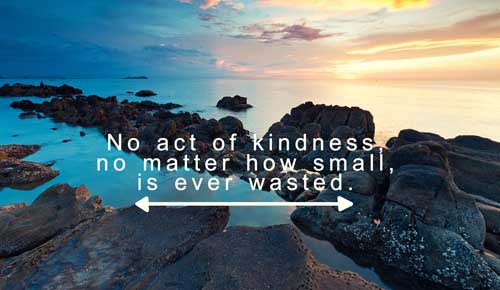It’s possible to vaporize your competition, one customer service interplay at a time. It’s an easy idea but a profoundly effective method. Here’s how to move about it, based on the commands I provide my clients as a customer service representative and consumer revel in advisor.

• Give reputation to your customers on every occasion you are available in contact with them. For a new purchaser, the kind of popularity they may be looking for is really, “I see you, and I value you.” For a repeat consumer, this needs to be increased to “I recall you, and I’m welcoming you (you, in my opinion) lower back.””
• Give each customer something more–the proper something more–while viable. Sometimes this may be a sweeping gesture, what I name a “wow experience.” In other instances, this may be something smaller: a suggestion to hold the purchaser’s item while they do more shopping or take it for them to the automobile. And every so often, it can be not anything greater than respecting the cues they’re giving off that say they’re in a hurry. (In one of these cases, the “more” may additionally, satirically, appear to be you’re doing less; you’ll be doling out with the niceties to rush them through this time, due to the fact you’ve observed that crazed appearance within the purchaser’s eyes, and it’s alerted you to the fact that the ultimate element they’ve time for this afternoon is as a way to gradual them down within the hobby of presenting “wow.”)
• Get employee language focused on top of things. A worker whose coronary heart is full of kindness can unwittingly bring the alternative if that worker isn’t sufficiently language-conscious. I propose you create an in-residence lexicon (phrasebook) of better and worse phrases to use with clients; that is one of the early steps I take while consulting on a customer support initiative. [You may enjoy this Forbes article of mine on language usage in customer service and what I call “language engineering.”]
• Create an explicit business enterprise dedication to your kindness version. By this, I suggest a short and remarkable announcement that clarifies and solidifies your commitment, like Mayo Clinic’s “The Needs of the Patient Come First,” and then publicize it in multiple approaches at some point in your organization.
• Also expand a longer (but not too long) record-extending and fleshing out what this commitment to kindness manner in exercise: a few ten or so points that increase on the subject.
• Rework your worker onboarding (orientation) technique to ensure that new personnel knows your kindness inclination and how you are taking it significantly. This is extra essential than the form-filling and trivia-laden workouts that orientations are typically filled with.
• Incorporate the kindness intention into your hiring and expertise control. Here’s a Forbes article on properly selecting (rent) personnel with the correct affinity for purchaser-facing work.
Create and install a sustaining ritual. In my paintings as a customer support consultant, the one I regularly suggest is an everyday practice that I call a Customer Service Minute. Despite the name, this takes a piece longer than a minute; nevertheless, preserve it shorter than ten mins, or it turns into merely another assembly. At the start of the day (or the beginning of each shift when you have more than one), this is your possibility to talk about your customer support principles. I propose you keep on with highlighting simply one precept in an afternoon and have a one-of-a-kind worker lead every day so that a load of leading every assembly doesn’t all fall on one individual.
• Model kindness from the top. Any supervisor or govt who, in phrase or deed, contradicts your commitment to compassion (for example, by grumbling below their breath about “needy clients”) is going to undo quite a few of your desirable paintings, while anybody in a management position who visibly indicates kindness to a client themselves may be doing a crucial element in maintaining you on course.








